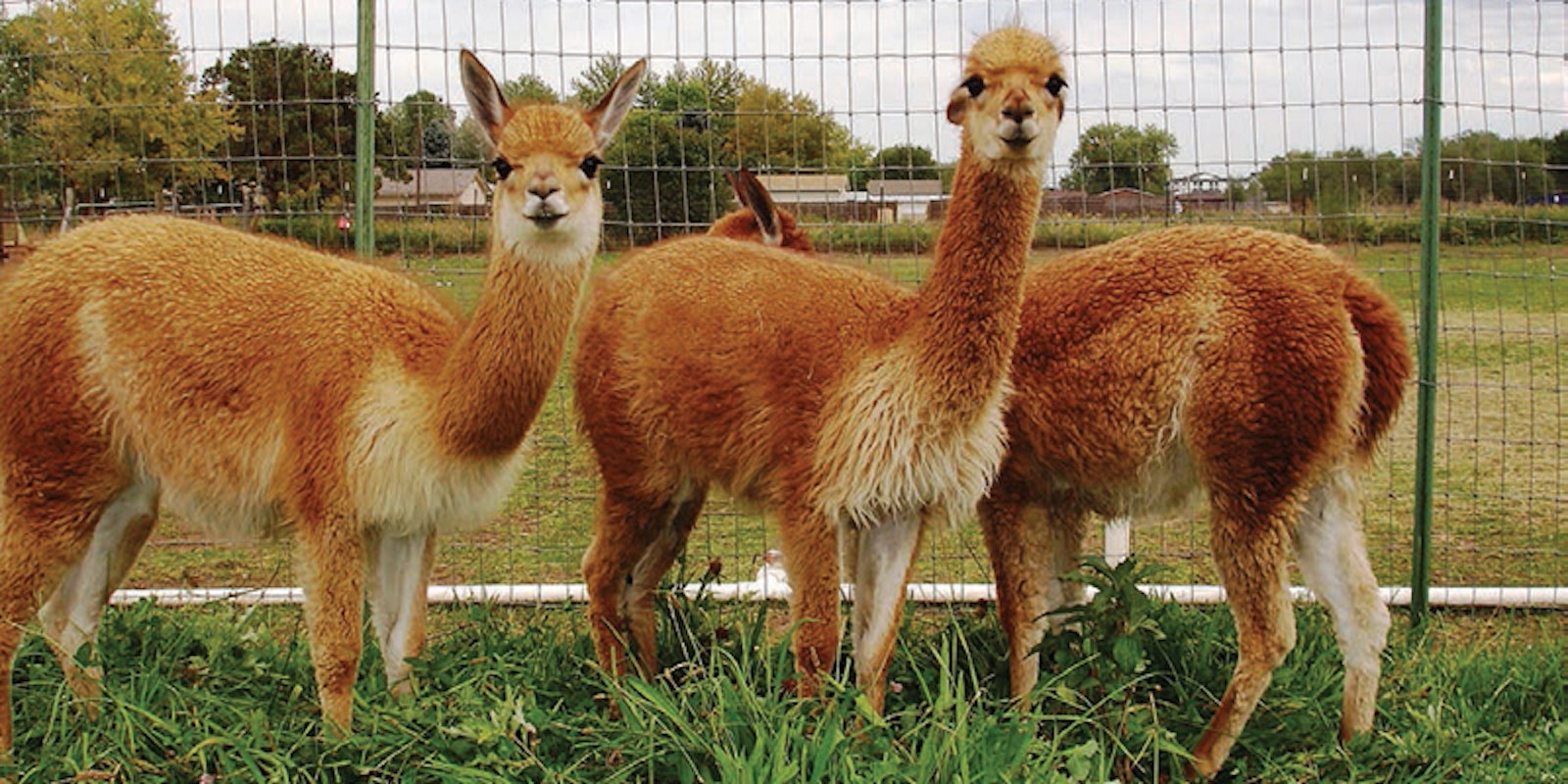Seeking Silk
 Silk processed in an old-fashioned method, with a foot-powered reel. | |
Early one morning, with warm and humid May air already fogging up my glasses, I walked over canals and through historic buildings to Wuzhen's Yida Silk Workshop to learn what I could about raising and using silk in China.
The first large room contained large basins of water and foot-powered reels to unwind the cocoons. A young woman demonstrated tossing a few cocoons in at a time as the centers of old ones were revealed, translucent and bobbing in the hot water. A modern machine in the corner did the job faster but still using the same basic method.
A few doors down, a woman sat with another large basin pulling the cocoons apart by hand. Drying on the line opposite her were square and bell-shaped layers of silk—handmade hankies and silk caps.
In Wuzhen, the reeled silk is dyed and used to make very fine brocade using a two-story loom, and the caps are used as filling for silk quilts. In this entire silk workshop, there was no spinning.
 Bell-shaped silk dries in the sun. | |
Silk is not wasted on us
What stuck with me was something master silk spinner Sara Lamb has told me more than once: as spinners, the silk that we get our hands on is generally waste.
The shining yarns that we create with great care? The creamy tussah, the stark white bombyx that glides (or in my rough hands snags) through our fingers? All of it is byproduct of the main attraction, the reeled silk.
But even though our silk may not be the choicest portion, spinners can do pretty amazing things with the fiber. Hankies and noil and carrier rods and cocoon strippings make yarns of rich texture. Combed top, spun with tight twist, glows and flows and drapes beautifully.
Maybe the fact that spinner's silk is waste should give us courage to take on the challenge of spinning it. Beginning spinners often hear that silk is really difficult to spin, but there are a few tricks that make it much easier and more successful, and the rewards are delightful.
Happy spinning,


